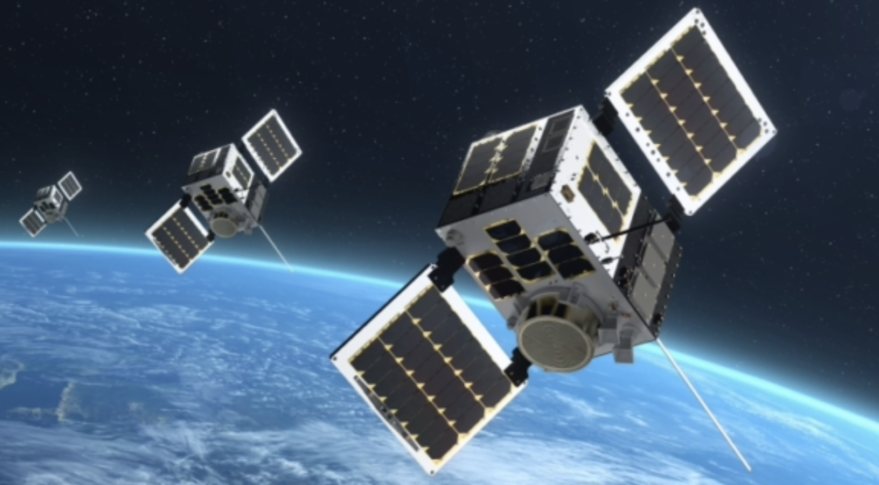by Sandra Erwin —

The committee’s proposal advocates for greater DoD use of commercial remote sensing satellite data such as radio-frequency and synthetic aperture radar
WASHINGTON — The House Armed Services Committee’s subcommittee on strategic forces on June 8 passed its proposals for the Fiscal Year 2023 National Defense Authorization Act.
The strategic forces panel – which covers military space, missile defense and nuclear weapons policy and programs – included language in its markup advocating for increased use of commercial space technology and data from commercial satellites.
During a brief 10-minute markup session, subcommittee chairman Rep. Jim Cooper (D-Tenn.) said the military would benefit from greater use of commercial space technologies.
“We must continue to buy the best off-the-shelf technology and partner with the best firms to invent new technology,” said Cooper. “We must also demand that the U.S. have capabilities that vastly exceed anything in the private sector.”
This is Cooper’s final stint as chair of the subcommittee as he is retiring from Congress.
The strategic forces markup – to be considered by the full House Armed Services Committee on June 22 — specifically suggests the military should increase use of commercial remote sensing satellite data such as radio-frequency and synthetic aperture radar.
The bill also calls on the Space Force to run the National Security Space Launch (NSSL) program more efficiently by standardizing satellite and launch vehicle interfaces so payloads can be deployed faster.
Provisions on commercial remote sensing:
• The bill says commercial satellite radio frequency (RF) remote sensing capabilities “have the potential to support a variety of Department of Defense missions, from warfighting to understanding the impacts of climate change.”
• The committee asks for a DoD briefing on how U.S. commercial RF satellite capabilities are being leveraged in combatant command exercises, experimentation, and wargaming, and how these commercial capabilities should be integrated into information systems and workflows.
• The committee encourages the National Reconnaissance Office to expand the current synthetic aperture radar (SAR) commercial acquisition program beyond its pilot program status.
• The committee recommends the NRO accelerate adoption and integration of U.S. commercial SAR systems. It also asks for a report on NRO plans to acquire commercial SAR capabilities.
Provisions on national security launch:
• The committee says it is concerned about current efforts to “drive down cost, reduce risk and ensure launch reliability and performance.”
• The cost of launch is an issue for the Space Development Agency, which plans to increase the total number of projected launches in the coming years as it deploys a large constellation in low Earth orbit.
• The committee supports the use of a contractor to serve as a common launch integrator to simplify the integration of satellites with launch vehicles. “This approach could be an effective method to lower costs, reduce launch readiness timelines, and increase competition for launch providers.”
• DoD is directed to brief the committee “on the benefits, including cost and schedule, of using one consistent launch integration solution across all types space and launch vehicles, and all plans to utilize a common launch integrator for current and future programs.”

